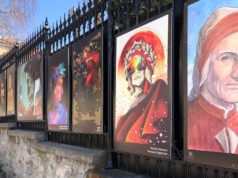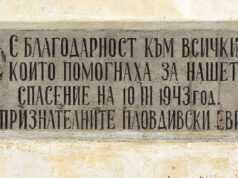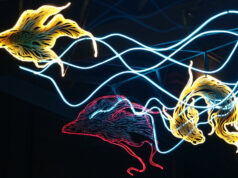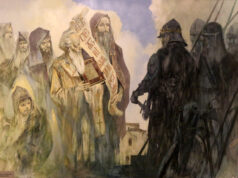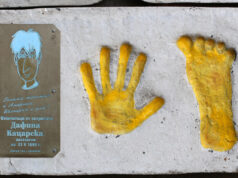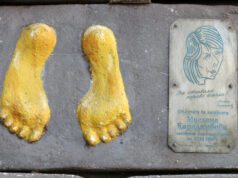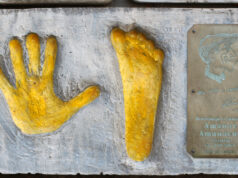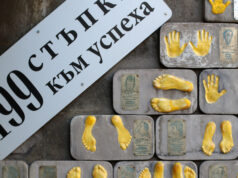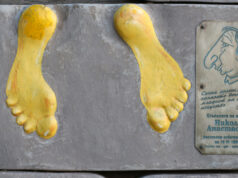Coloring eggs for Easter is a centuries-old tradition. In Bulgaria people usually color eggs on Maundy Thursday or Holy Saturday. The old name for colored eggs is “Perashki.”
In the past this tradition had been the special province of the oldest woman in a family, but in recent years decorating eggs has become an activity for young girls and married women as well. The first egg is painted red and symbolizes the blood of Christ. By tradition the older women rub childrens’ faces, cheeks and foreheads with it for health. That first egg is put aside and even buried sometimes in the fields to ensure fertility and good luck. Most people simply keep the first egg at home until the next Easter, when they replace it with another red egg.
Eggs are prepared and given out to guests who visit on Easter or to neighbors and friends. Married couples usually visit the best man from their wedding for lunch on Easter day, and present an egg to their host for luck. In times past the number of eggs colored varied from home to home, with the richest families known to distribute upwards of 200-300 eggs.
Today Bulgarians buy egg colors from stores, but traditional dyes were produced from blueberries, herbs, onion, and apples. Oregano was used for red color, sumac for orange, and nettle for green. As additional decoration Bulgarians use parsley sprigs, trefoil, and colored wax. There are two main kinds of colored eggs – single-color (red, yellow, green and blue) and multi-colored.
On Saturday evening before the Easter Sunday, Bulgarians gather at the Orthodox churches, each of them bringing an egg. After the midnight service, the people bang eggs together in a game to see whose egg is strongest. Two persons hold their eggs one against the other and the first strikes his egg against the other. Then the players change roles and it is the second player’s turn to strike. The last person left with an unbroken egg is believed to receive good luck throughout the year.


